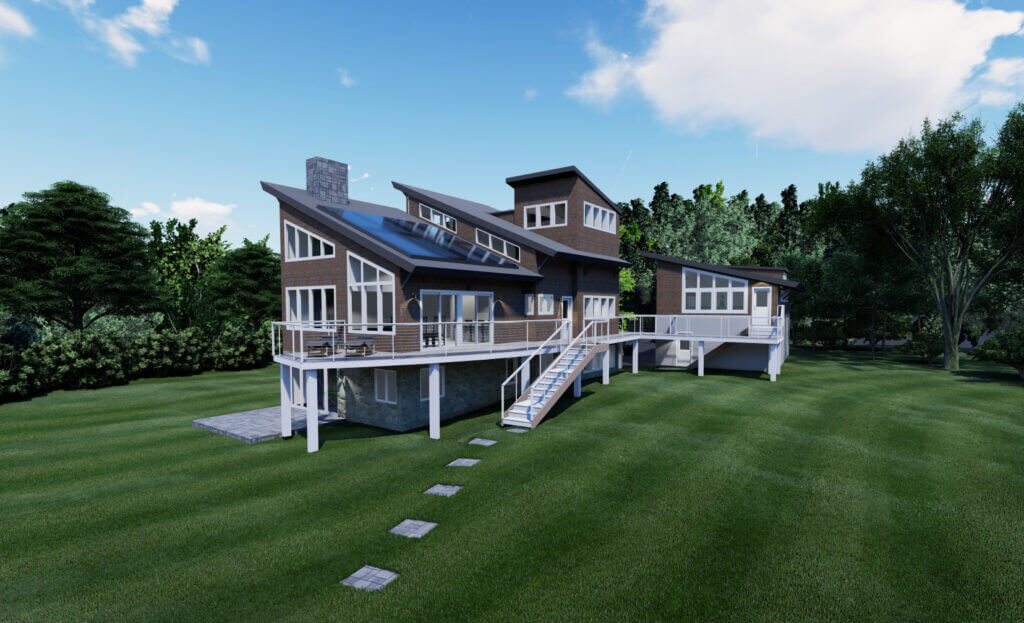Few things in our culture have changed as little or as slowly as the construction of houses. As was the case 50 years ago, a set of paper plans is made into a real building by a set of contractors with tape measures using wood 2×4 studs. The workmen of 1920 could step through a time portal and function very nicely on a construction crew in 2020 without batting an eye. Think how different the situation would be with bankers, secretaries, and a slew of other professions that did not even exist back then. However technology has been pushing forward and we may be reaching a tipping point where the radical technologic changes around us may be about to change how our houses look and how they are built. The house of the future is closer than it seems to being developed.
With regard to construction, modular building is no longer just for mobile homes. High quality custom homes are now being built from components built and assembled in factories and then delivered to the site in pieces. This allows for a much more rapid assembly. In China recently, a 57-story building was constructed in 19 days using modular components, whereas a similar size building in the U.S. might require 19 months to build.
One additional benefit of modular design is that materials can be employed with factory precision and efficiency. In a time when realities of rapid global climate change are seen all around us, the construction and operations of houses, which use approximately 40% of all energy, has become a critical concern – to architects and citizens around the world. A series of standards has been developing to measure and certify homes and buildings constructed with the sustainability and energy efficiency of a house in mind. Leadership in Energy Efficient Design (LEED) and the Zero Energy House Initiative are just two of the many programs invented which are becoming more widespread. Hopefully soon every house will come with an energy analysis letting the owner know in advance what it will cost to operate, the same way a car comes with a miles per gallon rating.
The current COVID-19 crisis has accelerated the collision of home and work life to a degree unimaginable just a few years ago. Homes need to be connected to high speed internet not just to stream TV and movies but to have four or five people working/taking classes simultaneously. A series of new “smart home” products is allowing homeowners to monitor the front door, change the thermostat and even look inside the refrigerator for milk all from a thousand miles away. The “internet of things” is the computerization of household objects so that they can be monitored and controlled from wherever the homeowners are.
With the launch of this information, there comes a need for communication in order to find peace and serenity like never before. One new room type which some home owners are requesting is a sanctuary (or sensory deprivation room) where they can rest and decompress separate from the non-stop demands of modern life and technology. For many others, the connection of the garden to the inside of the house would fulfill this function.
Homes are our sanctuaries and fortresses from the world and are prone to change much slower than other elements around us. And yet, the burden of climate and societal change and the opportunities made possible by rapid advances in technology are forces too powerful to be denied forever. Once the shape, style, and means of construction of housing begins to change, it will be anyone’s guess as to how far and how fast the transformation will go.
Looking to remodel your home? Let’s connect.
Join the Architectural Forum to stay up-to-date with architectural news from Rhode Island and abroad.
